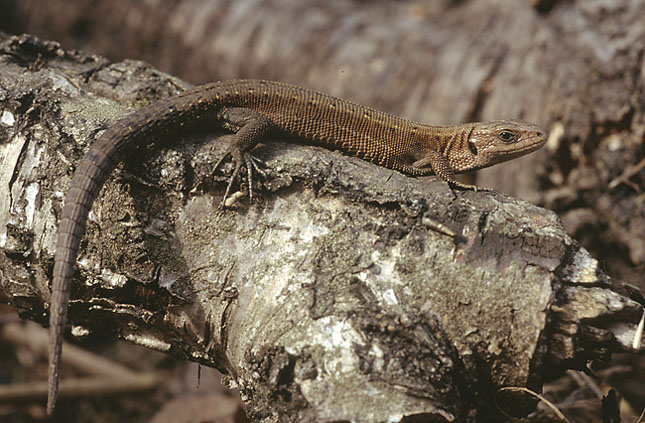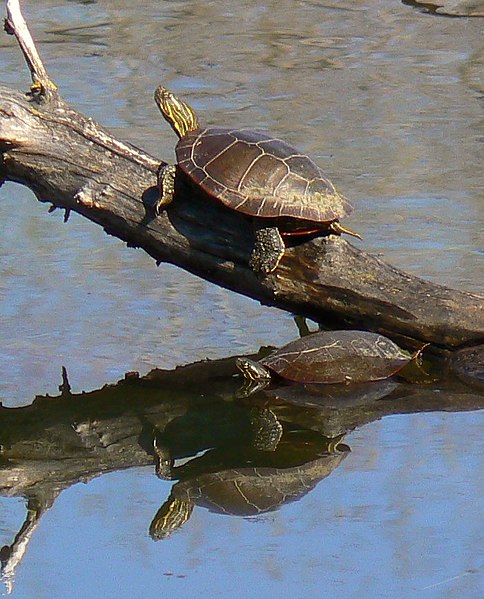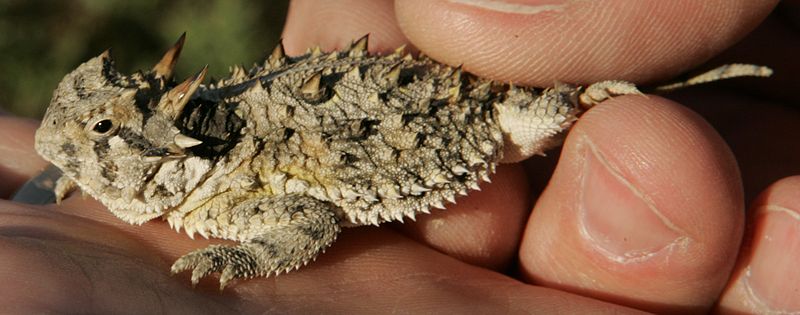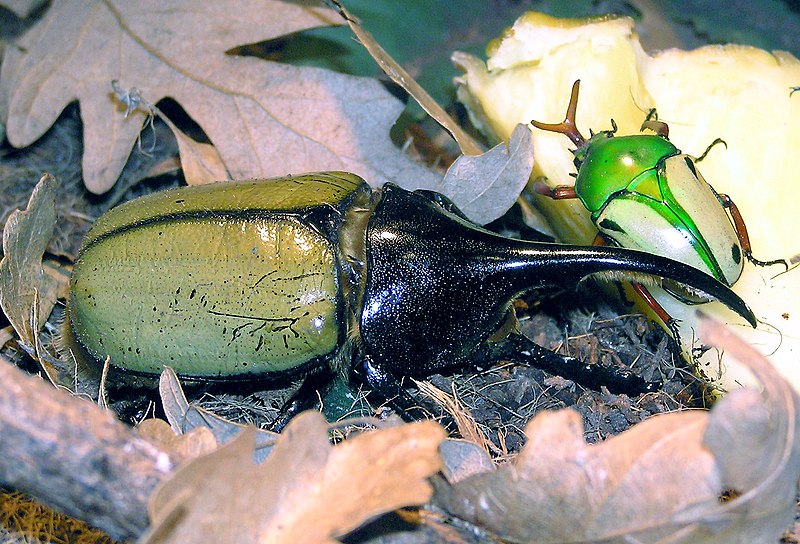 I’ve recently observed several frogs and toads to develop difficulties in feeding (American Bullfrogs, Gray Treefrogs, Southern Leopard and Green Frogs; several readers have written to me concerning difficulties with American Toads). It starts with what looks like “bad aim” and progresses to the point where the frogs cannot catch insects at all and must be force-fed. I’ve looked into the problem and found that a Vitamin A deficiency, leading to Short Tongue Syndrome, may be involved (please see this article by Dr. Kevin Wright of the Arizona Exotic Animal Hospital for details). I’d like to request that readers send me their own observations, so that we can learn more about this serious amphibian health problem. Read More »
I’ve recently observed several frogs and toads to develop difficulties in feeding (American Bullfrogs, Gray Treefrogs, Southern Leopard and Green Frogs; several readers have written to me concerning difficulties with American Toads). It starts with what looks like “bad aim” and progresses to the point where the frogs cannot catch insects at all and must be force-fed. I’ve looked into the problem and found that a Vitamin A deficiency, leading to Short Tongue Syndrome, may be involved (please see this article by Dr. Kevin Wright of the Arizona Exotic Animal Hospital for details). I’d like to request that readers send me their own observations, so that we can learn more about this serious amphibian health problem. Read More »
Monthly Archives: May 2011
2010’s Reptile Discoveries – New Lizard Species and Facts
 Several newly-discovered lizards and unexpected lizard facts made herp headlines in 2010. From a female-only species to a 6-foot-long, brightly-colored new monitor, each gave us pause to wonder…”what’s next?!
Several newly-discovered lizards and unexpected lizard facts made herp headlines in 2010. From a female-only species to a 6-foot-long, brightly-colored new monitor, each gave us pause to wonder…”what’s next?!
Two Large Monitors
Undiscovered animals tend to be small and non-descript, but not so with Asia’s new contributions to the lizard role call. The Northern Sierra Madre Forest Monitor, Varanus bitatawa, described last year from northern Luzon in the Philippines,is both large – to 6 feet in length – and colorful. Actually, it remained undetected only to herpetologists…local people have been eating it for quite some time. The newly described giant is arboreal and feeds largely upon fruit. Read More »
Using Driftwood as a Resting Site for Aquatic Reptiles and Amphibians – Part 2
 While usually sold as a decoration for tropical fish aquariums, driftwood that has been anchored to a slate base also makes an excellent sub-surface platform for those herps that do not usually
While usually sold as a decoration for tropical fish aquariums, driftwood that has been anchored to a slate base also makes an excellent sub-surface platform for those herps that do not usually
leave the water completely when resting or basking (i.e. Musk, Softshelled and Mud Turtles, Snappers, Newts, African Clawed Frogs). It also serves well as a “staircase” for hatchling turtles, many of which weaken quickly when force to swim to the surface for air in deep aquariums. Please see Part 1 of this article for detailed information on these topics.
Using Driftwood
Driftwood can be used on bare-bottomed tanks (this simplifies the cleaning of turtle aquariums) or those with a gravel substrate and, unlike most woods, will not stain the water by leaching tannins. An endless array of shapes and sizes is available, so most any tank depth or species can be accommodated. Read More »
First North American Captive Breeding of the Giant Horned Lizard
 Horned Lizards of various species, usually sold as “Horned Toads”, were US pet trade staples in the 1950’s and 60’s. Looking much like minute dinosaurs, they needed more heat and UVB than most could provide, along with an ant-dominated diet, and fared poorly. As a boy, I was able to keep them going in the summer, thanks to natural sunlight and plentiful ants, but they declined in winter (I discovered they did not like the “house ants” I collected in local stores!). As I moved into zoo work, the key to keeping most species remained elusive. So I was very happy to hear that the Los Angeles Zoo had recently (January, 2011) succeeded in breeding the largest species, the Giant Horned Lizard, Phrynosoma asio. Read More »
Horned Lizards of various species, usually sold as “Horned Toads”, were US pet trade staples in the 1950’s and 60’s. Looking much like minute dinosaurs, they needed more heat and UVB than most could provide, along with an ant-dominated diet, and fared poorly. As a boy, I was able to keep them going in the summer, thanks to natural sunlight and plentiful ants, but they declined in winter (I discovered they did not like the “house ants” I collected in local stores!). As I moved into zoo work, the key to keeping most species remained elusive. So I was very happy to hear that the Los Angeles Zoo had recently (January, 2011) succeeded in breeding the largest species, the Giant Horned Lizard, Phrynosoma asio. Read More »
Stag Beetle Conservation, with Notes on Keeping Large Beetles
 Beetle-keeping is a small but expanding hobby here in the USA, but is amazingly popular in Japan, where beetle larvae are even sold in vending machines (I experienced this first-hand, and can say they survive the ordeal quite well!). Beetles are classified in the order Coleoptera, which exceeds all other animal orders in species diversity, and they play a vital role most ecosystems. Beetle conservation, however, is in its infancy, so I was very pleased to learn of new efforts on behalf of the UK’s largest species, the European Stag Beetle, Lucanus servus.
Beetle-keeping is a small but expanding hobby here in the USA, but is amazingly popular in Japan, where beetle larvae are even sold in vending machines (I experienced this first-hand, and can say they survive the ordeal quite well!). Beetles are classified in the order Coleoptera, which exceeds all other animal orders in species diversity, and they play a vital role most ecosystems. Beetle conservation, however, is in its infancy, so I was very pleased to learn of new efforts on behalf of the UK’s largest species, the European Stag Beetle, Lucanus servus.
Elusive Quarry
The European Stag Beetle (please see photo) is likely in sharp decline, but no one knows why. They are very hard to study…adults do not feed and so cannot be lured to traps, and digging for buried larvae often kills them and destroys their habitat. Read More »
 That Reptile Blog – Reptile, Amphibian and Exotic Pet Care and Information
That Reptile Blog – Reptile, Amphibian and Exotic Pet Care and Information
